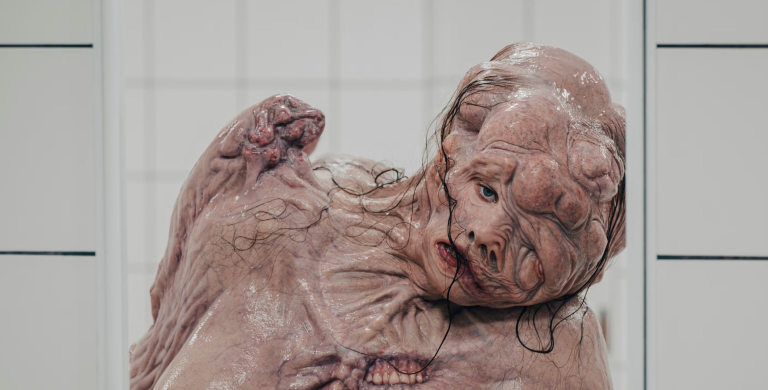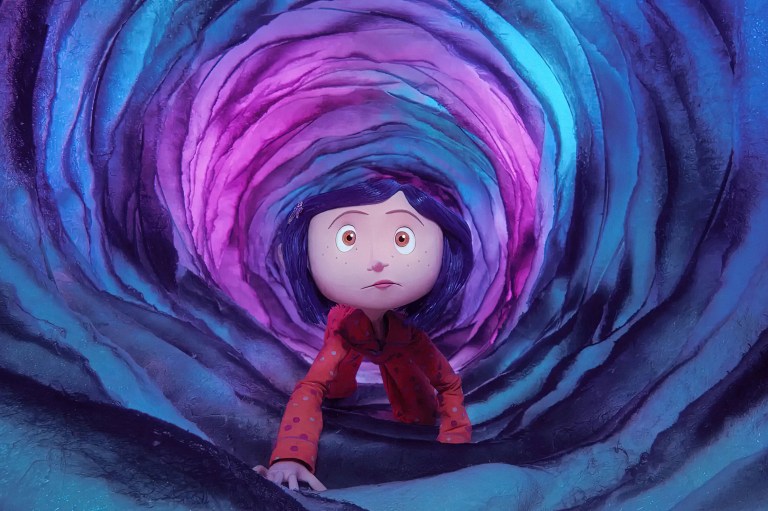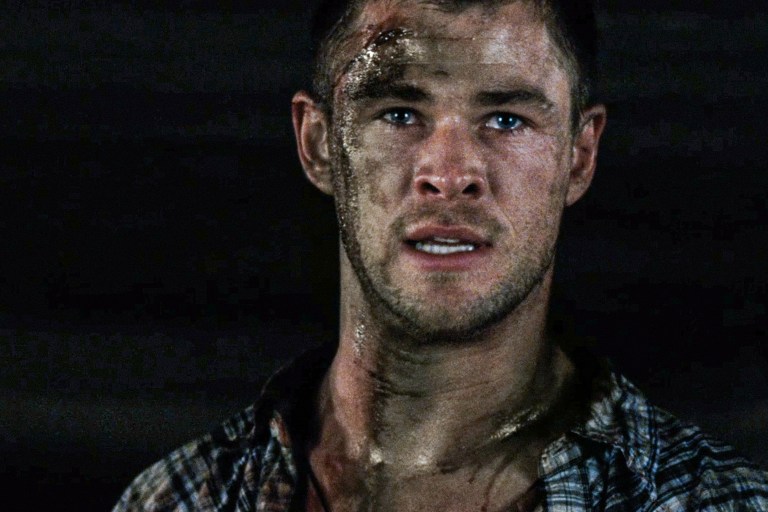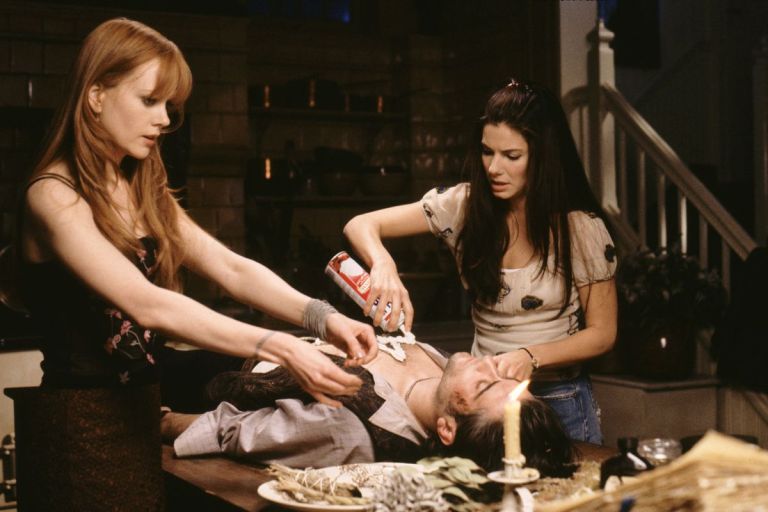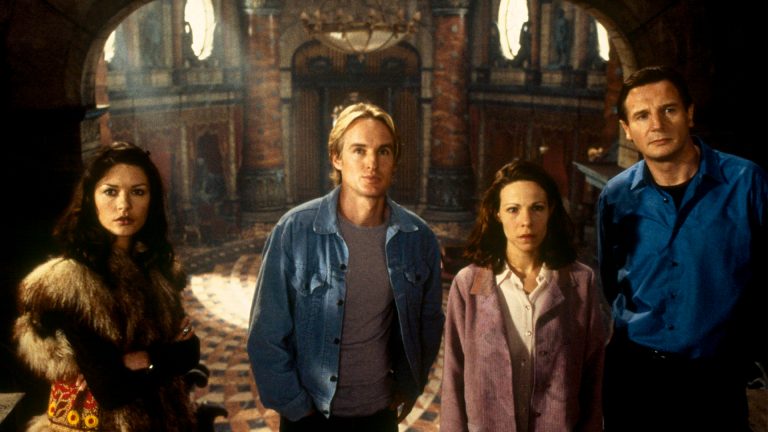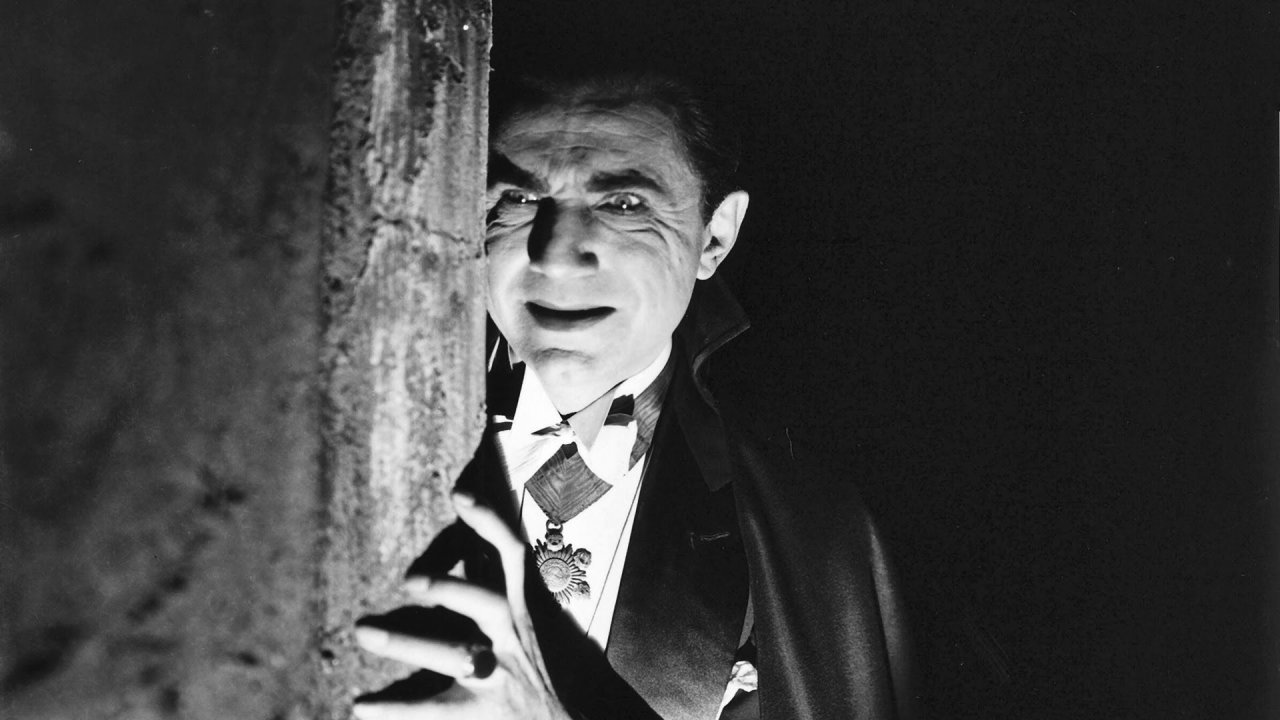
The 7 Best Vampire Movies To Bite Into Ahead Of ‘Nosferatu’
Need to get hyped for the 2024 remake of 'Nosferatu?' Here are seven movies to get you in the vampire mood.
We don’t know what it is exactly, but there’s something undeniably alluring about vampires.
Whether portrayed as moody teenagers who sparkle and shimmer in the sunlight or as nightmarish creatures straight out of our worst fears, vampires have overarchingly stupefied audiences practically since the moment they appeared on film. Over a century later, these often terrifying monsters have only continued to cement their tight hold on the entertainment medium, as seen through such recent releases as Renfield, Abigail, Midnight Mass, and Robert Eggers’ Nosferatu.
An ambitious remake of the 1922 classic, Eggers’ Nosferatu promises to be one of the most chilling and audacious horror films of 2024. Earning rave reviews from early audiences, it’s also guaranteed to be another satisfying entry in Eggers’ filmography, joining the director’s previous well-regarded work on The Witch, The Lighthouse, and The Northman. From iconic silent films to cult favorite horror comedies, here are seven fantastic vampire movies to sink your teeth into ahead of Nosferatu’s release.
Nosferatu: A Symphony of Horror (1922)
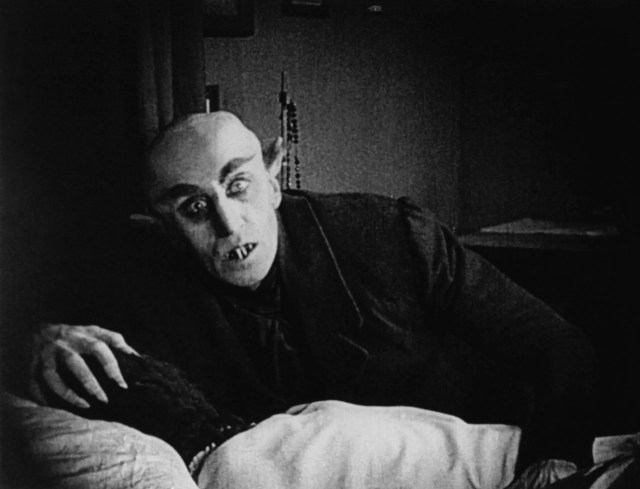
As you can probably guess, the one movie you should absolutely try to watch before seeing 2024’s Nosferatu in theaters is the original silent film it’s based upon. A landmark entry in the German Expressionist movement, Nosferatu also kicked off audiences’ collective obsession with vampire-related media, influencing countless movies, novels, TV shows, and comic books over the next century. Aging extraordinarily well over the past 10 decades, Nosferatu remains a timeless classic that viewers continue to acclaim, earning positive appraisals by everyone from Tim Burton and Guillermo del Toro to Werner Herzog and Stephen King.
Shadow of the Vampire (2000)
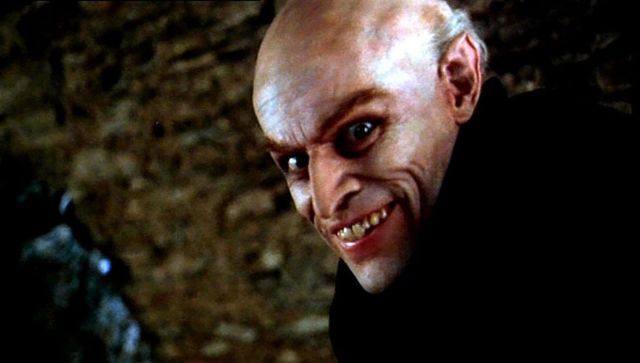
Among the more unique horror films of the 2000s, Shadow of the Vampire provides a meta-aware take on the filming of 1922’s Nosferatu, humorously posing the question, “What if the guy who played Count Orlok was actually a real-life vampire?” Taking that simple premise and exploring it to its full potential, Shadow of the Vampire creatively toys with the vampire genre’s foremost cliches, complimenting the original Nosferatu in a wholly original manner.
Let the Right One In (2008)
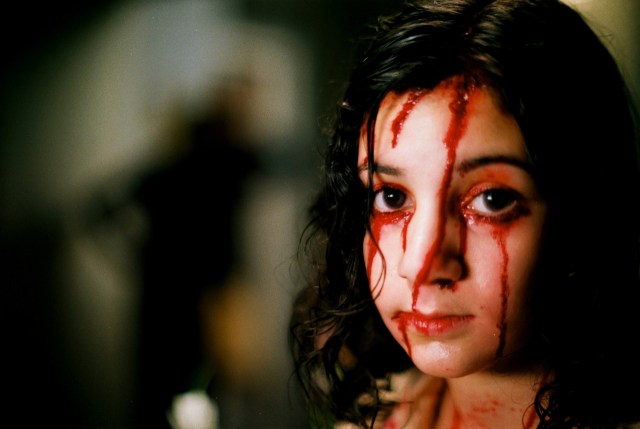
No offense to Twilight, but Let the Right One In serves as the finest romantic horror film to ever feature vampires in a leading role. A spellbinding Swedish horror film, Let the Right One In uses its basis in vampiric folklore to great advantage, expertly focusing on a young boy’s unorthodox relationship with an ageless vampire girl. Dark and disturbing one moment yet heartfelt and sincere in the next, Let the Right One In strikes a remarkable balance between horror and romance, paving the way to a coming-of-age vampire film unlike any other.
Fright Night (1985)
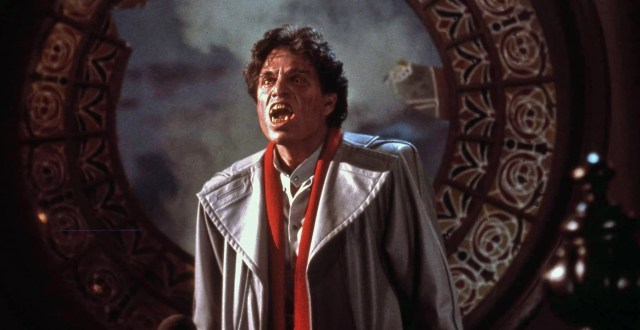
Imagine if the underlying narrative of Nosferatu or Dracula was transposed from Victorian England to suburban California – I.E., the basic plot behind 1985’s cult classic horror comedy, Fright Night. Poking fun at the various conventions surrounding vampire folklore, Fright Night succeeds as a nostalgic love letter to vintage horror films of the ‘40s, ‘50s, and early ‘60s. Led by an alluring Chris Sarandon and a campy Roddy McDowall, it’s a flexible, light-weight, heartily pulpy horror vehicle that never takes itself too seriously, appealing to dedicated horror fans and casual viewers alike.
What We Do in the Shadows (2014)
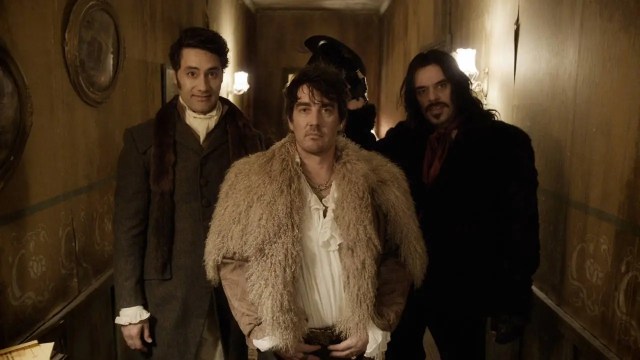
Before the utterly hilarious FX series of the same name, Taika Waiti and Jemaine Clement arrived with their sensational horror comedy film, What We Do in the Shadows. Taking the basic mockumentary format as seen in The Office or Parks and Recreations, What We Do in the Shadows humorously explores the eventful lives of five vampires in urban New Zealand. Paying homage to various vampire-related media that came before it, What We Do in the Shadows might not feature the scariest interpretations of vampires, but its intelligent narrative, infectious performances, and quotable lines make it a cult classic of unparalleled high quality.
Dracula (1931)
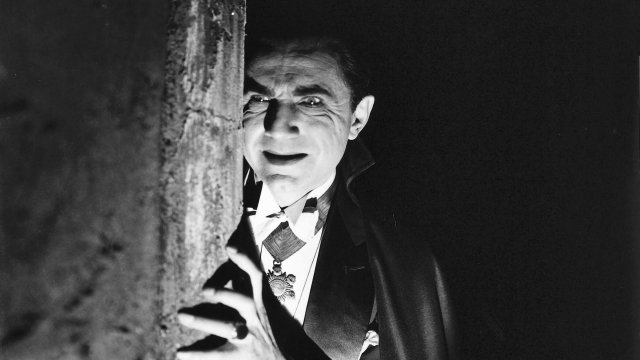
Nosferatu may have predated Dracula by nearly a decade, but that didn’t prevent this 1931 Universal classic from becoming a benchmark in early cinematic horror. Borrowing various filmmaking techniques from German Expressionism, Dracula found a way to weave a dreamlike tone into its main story, unsettling viewers from its opening moments onward. With Bela Lugosi handing in a career-defining performance as the beady-eyed Transylvanian count, Dracula single-handedly defined the vampire subgenre for the next nine decades, influencing practically every subsequent vampire film that followed in its footsteps.
Bram Stoker’s Dracula (1992)
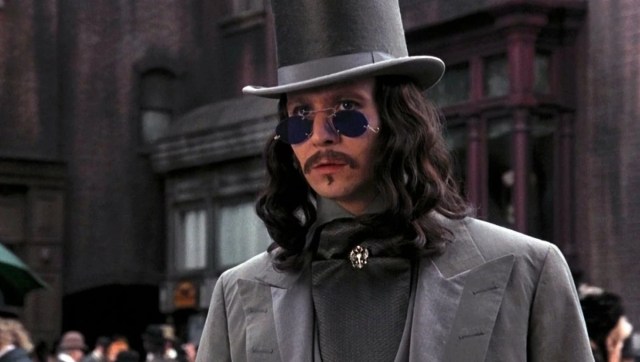
We’re not going to exaggerate and describe Bram Stoker’s Dracula as superior to the aforementioned 1931 Universal horror film. However, we can’t help but admire the stylishly visual approach Francis Ford Coppola takes to a universally beloved vampire story. As gorgeous a film to look at as it is to actually watch, Bram Stoker’s Dracula provides a fresh and colorful overhaul of its source material, allowing for an unforgettably vibrant retelling of Stoker’s fabled text.
